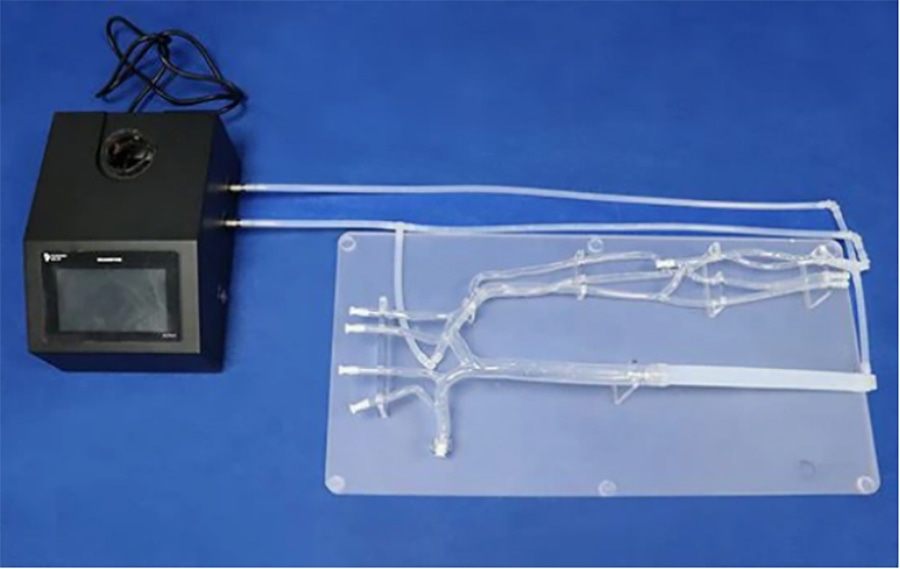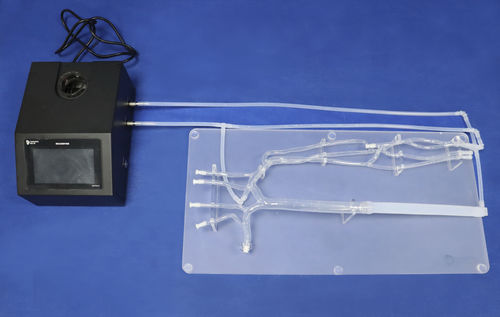
#Industry News
Haemodialysis Upper Limb Arteriovenous Fistula: A Lifeline for Renal Patients
Upper Limb Arteriovenous Fistula
Introduction:
Haemodialysis is a crucial medical procedure that helps individuals with renal failure maintain their quality of life. One essential aspect of successful haemodialysis treatment is the creation of an arteriovenous fistula (AVF). Among the various types of AVFs, the Haemodialysis Upper Limb Arteriovenous Fistula stands out as a viable and effective option. This article explores the significance, benefits, and considerations associated with the Haemodialysis Upper Limb Arteriovenous Fistula.
Understanding Haemodialysis Upper Limb Arteriovenous Fistula:
The Haemodialysis Upper Limb Arteriovenous Fistula involves surgically connecting an artery to a vein in the upper limb, typically in the forearm. This connection creates a site where blood can be easily accessed and purified during haemodialysis sessions. The AVF allows a high flow rate and provides adequate vessel size, ensuring efficient removal of waste products and excess fluid from the patient's blood.
Benefits of Haemodialysis Upper Limb Arteriovenous Fistula:
1.Longevity: The Haemodialysis Upper Limb Arteriovenous Fistula has a significantly higher patency rate and longer lifespan compared to other vascular access methods. This longevity reduces the need for repeated interventions and minimizes the risk of infection and complications.
2.Improved Dialysis Efficiency: Due to its optimal blood flow characteristics, the Haemodialysis Upper Limb Arteriovenous Fistula allows for efficient removal of toxins and excess fluid during haemodialysis. This enhances the effectiveness of the treatment and improves overall patient outcomes.
3.Reduced Healthcare Costs: With its extended lifespan and lower complication rates, the Haemodialysis Upper Limb Arteriovenous Fistula can potentially reduce healthcare costs associated with vascular access maintenance and related interventions. This contributes to the long-term affordability of haemodialysis treatment.
Considerations and Precautions:
While the Haemodialysis Upper Limb Arteriovenous Fistula offers numerous advantages, certain considerations should be kept in mind:
1.Preoperative Assessment: A thorough evaluation of the patient's vascular anatomy and overall health is crucial before creating an AVF. Factors such as vessel diameter, quality, and suitability are assessed to ensure a successful outcome.
2.Individualized Approach: Each patient's unique circumstances and medical history should be considered when determining the optimal location and type of Haemodialysis Upper Limb Arteriovenous Fistula. Collaboration between the nephrologist, vascular surgeon, and dialysis care team is essential for personalized decision-making.
3.Proper Care and Monitoring: Regular follow-up visits, maintenance procedures, and ongoing monitoring are essential to ensure the long-term viability and functionality of the AVF. Patients should be informed about necessary precautions, such as avoiding excessive pressure on the fistula arm and protecting it from injury.





